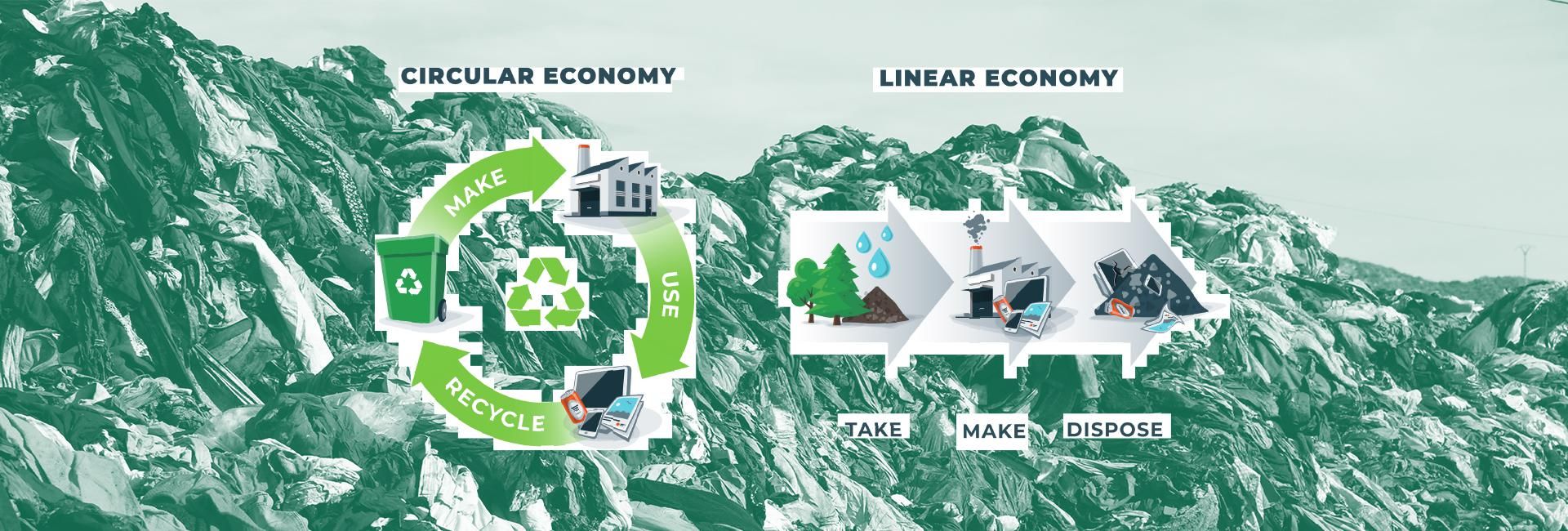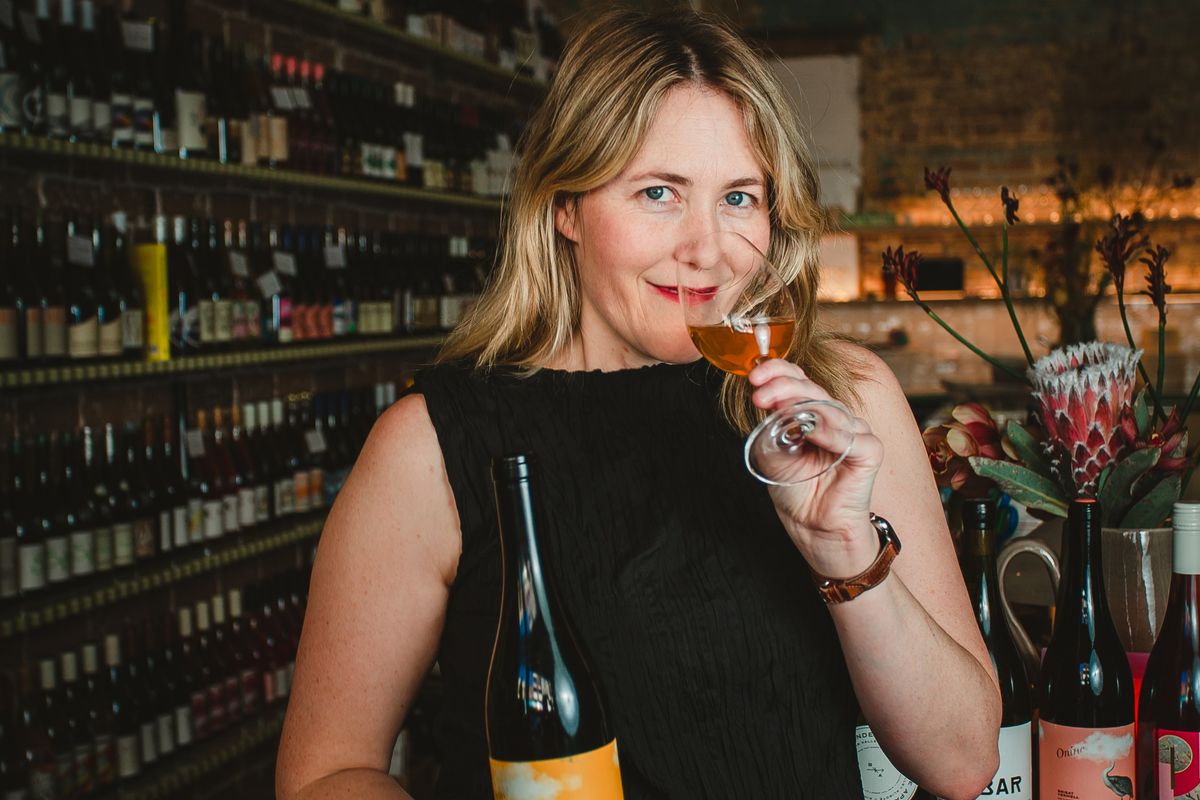Businesses have the most important role to play.
Australia urgently needs to transition to a circular economy as the country’s current model of producing and consuming goods is having devastating impacts on the climate, according to a panel of sustainable business experts.
As the new government’s focus on climate action intensifies, there is renewed interest by business in kickstarting the “circular economy” in Australia.
A circular economy is a business model which involves sharing, leasing, reusing, repairing, refurbishing and recycling existing materials and products for as long as possible. As a result, the life cycle of products is extended and waste is reduced, creating value for both products and the environment.
Dr Kar Mei Tang, Chief Circular Economist at NSW Circular, believes businesses have the most important role to play in creating change through a circular economy and can benefit from this model by eliminating the high costs of waste disposal.
“Businesses really hold the key to change. Business activity in Australia accounts for over 80 per cent of our waste. So that’s really the majority of our waste profile,” Tang said.
“Australia as a country, we are among the biggest consumers in the world, I'm sorry to say. Our material footprint is really high ... It [would take] the bio-capacity of 4.5 earths every year if every country lived like Australia.”
'We really don’t need any new plastic being created. We have enough in the system we can repurpose and recycle.'
In the wake of the recent Federal election, climate change and its effects on the economy are at the forefront of many minds. The incoming Labor Government is supportive of circular economy initiatives. In his victory speech on election night, Anthony Albanese said: "Together we can end the climate wars. Together we can take advantage of the opportunity for Australia to be a renewable energy superpower. Together we can work in common interests with business and unions to drive productivity, lift wages and profits.”
The Waste and Resource Recovery Association of Australia has welcomed the opportunity to work with incoming Ministers to transition Australia to a circular economy.
So, what would a more sustainable circular production model look like for Australia? NSW Circular’s Tang joined Dr Anna Young-Ferris, from The University of Sydney Business School and sustainable clothing entrepreneur Zoltan Csaki, to discuss the challenges and opportunities in a panel discussion on the circular economy at the University of Sydney earlier this month.
“The challenge is that currently our production and consumption system is based on a linear economy where we take resources, we make products, we consume them and then we throw them in landfill,” Dr Young-Ferris explained, saying this narrow view had little regard for what happened at the end of a product’s life cycle.
It was important to start to think about the new ways that we design, sell, consume, collect and recycle our products to create a “zero waste” system, she said.
“We really don’t need any new plastic being created. We have enough plastic in the system that we can repurpose it and recycle it.”
Fashion entrepreneur Csaki embraced a circular economy business model for his company Citizen Wolf from the start and was certified 100 per cent circular in early May. The business produces clothing that is custom fit and carbon negative, not only changing the way we consume products but the way we view our clothes.
The company’s mantra was to put customers and the planet first and build the brand on a default ethical and sustainable core. He explained that the fashion industry creates about 100 billion garments every year and 60 per cent of them are made exclusively of or include polyester. Close to a third of garments produced will go to landfill.
“If they're made of polyester, they're never going to rot and break down... It’s just out and out insane. So, we thought that it had to change.”
Read more on the Citizen Wolf circular success story here.
There are challenges in transitioning any business to a circular model of production and consumption, one being the high cost of recycled materials. For this reason, Tang said, government has a key role to play.
“If we are genuinely committed to a sustainable future, whether it's in the form of net zero commitments or a more resilient supply chain of goods and services for Australians, you have to create the right transition mechanisms to allow businesses to get there,” Tang said.
She said that the right incentives need to be developed to make sure that you can “aggregate demand and supply to build up those recycling capabilities.” Both Tang and Csaki would like to see an integrated framework response to climate change and the move to circular economic production models.
“We traditionally have addressed, you know, climate change and are trying to achieve our ambition by looking at distinctive verticals like energy policy, industry policy, biodiversity policy. I think what I’d like to see is an integrated policy framework that cuts across all of these and they talk to each other,” Tang said.
The transition to greater sustainability may not come cheaply but it is important citizens at every level of Australian society be able to participate.
“If sustainability’s only ever an option for the already wealthy, I think we’re never going to change the world,” Csaki said. “So, we have to work really hard to drive prices down so that everybody who wants to has the ability to make a good decision.”
Jasmine is studying a Bachelor of Media (Communication and Journalism) and Arts double degree at UNSW. She is passionate about climate justice, human rights and the environmental humanities. She aspires to be an investigative journalist and has a keen interest in political and environmental issues. In her free time, you'll find her writing, reading or cooking. She also loves to run and her goal is to run a marathon.






